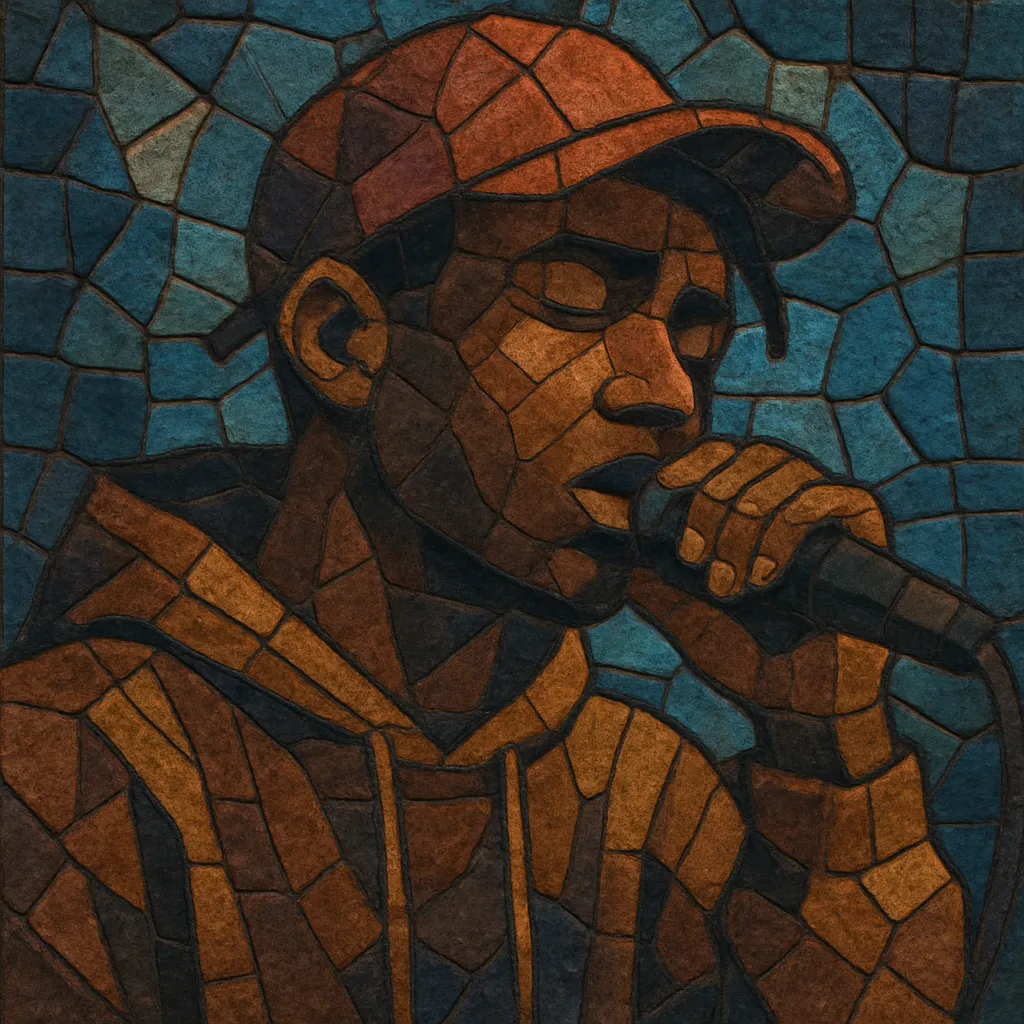
Melodic rap is a style of hip hop that prioritizes sung or sing‑rap cadences, tuneful hooks, and emotive toplines over strictly percussive flows.
It blends trap‑based drum programming and 808 sub‑bass with pop‑leaning melodies, R&B harmonies, and heavy use of Auto‑Tune as an expressive effect rather than mere pitch correction.
Themes often address love, heartbreak, aspiration, loneliness, and personal struggle, delivered with catchy refrains designed for streaming‑era replayability.
The seeds of melodic rap were planted when hip hop and R&B further converged. T‑Pain’s mainstream Auto‑Tune innovations and Kanye West’s 808s & Heartbreak (2008) normalized heavily melodic, emotionally forward vocals over hip hop production. Early Drake releases (e.g., So Far Gone) popularized sing‑rap hooks as a pop force, setting the stage for a generation that would treat melody as central to rap performance.
With the rise of SoundCloud and playlist culture, a wave of artists fused trap drums, guitar or piano loops, and soaring, Auto‑Tuned toplines. Figures like Post Malone, Lil Uzi Vert, Trippie Redd, A Boogie wit da Hoodie, and Juice WRLD distilled melodic hooks into the core of their sound, often intersecting with emo rap’s confessional tone. The style’s portability—memorable choruses over minimal, bass‑heavy beats—made it ideal for algorithmic discovery and virality.
By the 2020s, melodic rap dominated charts and influenced scenes worldwide. U.S. and international rap adopted sing‑rap hooks, while local scenes (from UK and U.S. drill offshoots to Latin and Asian markets) incorporated smoother, hook‑first approaches. The sound diversified—some artists leaned toward pop gloss, others toward moody guitars and melancholy crooning—yet the defining trait remained: melody as the driver of modern rap songwriting.

